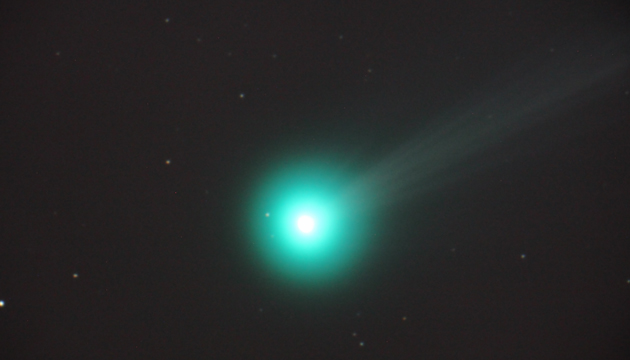
In our last exciting episode back in September, Comet ISON was just about to cross the orbit of Mars and enter the inner solar system for the first time in its existence. With every passing day, ISON draws closer to the sun, accelerating ever fast on the “downhill” plunge of its solar-coaster ride. This week ISON has passed the orbit of Venus, and things really seem to be heating up.
There’s been a great deal of anticipation surrounding this particular comet, which was discovered last year by a telescope in the International Sky Observer Network—and a great deal of debate about whether it will become a “Comet of the Century”, or fizzle out like so many other comets of the century have in the past.
The crux of the arguments of both camps—the cautiously optimistic and cautiously pessimistic crowds alike—is how close to the sun ISON will get on November 28th: a scorching perihelion distance of only about 700,000 miles from the sun’s surface, or less than one solar diameter. Will it or won’t it? Will it survive the intense radiation and gravitational tidal forces of its sun-grazing trajectory or break apart and vaporize? If it survives, will the heating it receives during its flyby pump up its gaseous coma and tail to highly visible proportions?
Even now, before perihelion, ISON has produced a sizeable tail. It has been spotted through binoculars in the early morning skies, within the constellation Virgo. This bodes well for a showy performance as the weeks go on—though doesn’t guarantee anything; comets never come with guarantees.
Comet ISON is of a class of “sun-grazing” comets that likely originate far out in space in the Oort Cloud, an expansive shell of material that surrounds our solar system and extends perhaps a light year into interstellar space.